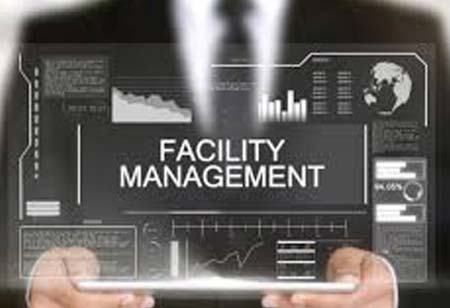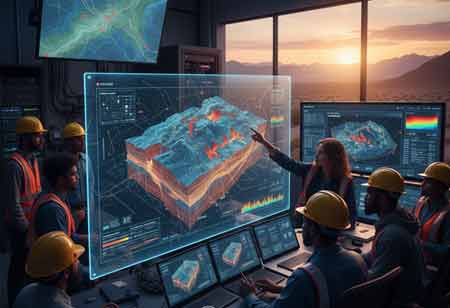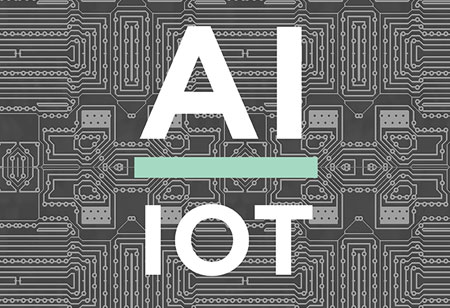THANK YOU FOR SUBSCRIBING
Delivering 360 Degrees Insights on Facilities Management
most people have access to more technology than they ever did. From solutions that make jobs more fulfilling to innovations that improve personal life, people have come to rely on technology for a better standard of living

By
Apac CIOOutlook | Saturday, November 06, 2021
Stay ahead of the industry with exclusive feature stories on the top companies, expert insights and the latest news delivered straight to your inbox. Subscribe today.
With smart sensors, cloud technology, and data analytics, facility managers are able to get a full overview of key assets and environmental parameters within the facility, regardless of where they are.
Fremont, CA: Today, most people have access to more technology than they ever did. From solutions that make jobs more fulfilling to innovations that improve personal life, people have come to rely on technology for a better standard of living. Consequently, the modern dweller is being drawn increasingly to digital solutions that provide comfort and convenience. Combined with the constant demand for cost and energy efficiency, it has been driving new technology trends in facilities management, which offer improved insights and ideas that enable competent services.
Notably, the internet of things (IoT) has been a cornerstone for transformation in different sectors, and facilities management is not an exception. As a tell-tale sign for its widespread use in the sector, service providers in facility management are currently using the practical deployment of IoT-enabled sensor technologies to provide measurable operational benefits. Sensor technology is IoT put in action, and it allows a building’s assets to communicate their operational and health status in real-time. Additionally, using new sensor-based occupancy data points, building management systems can adjust lights, ventilation, and control temperature according to how many people are present at any given time, which can dramatically reduce energy spending. On that front, sensor-driven building optimization can typically achieve savings of 15 percent to 40 percent of the total energy spent.
Similarly, the cloud is also growingly coming to the fore. As the site manager may not require the same visibility on building data as the estate manager, cloud-based solutions provide tailored and granular access to data for such uses. Multi-tenant platforms with project-based access control to individual building assets are some key features offered by modern cloud-based applications.
In response to the pandemic, digital facility services are turning from experience-driven to health and safety-driven. In that regard, sensors and data analytics enable informed choices around distancing measures and higher standards around hygiene and transmission safety in offices. With intelligent sensors, cloud technology, and data analytics, facility managers are able to get a full overview of key assets and environmental parameters within the facility, regardless of where they are. Besides, service providers can reduce the dispatch of on-site engineers greatly through sensor-based condition monitoring.
The analytics and software to capacitate these sophisticated sensor technologies are being developed at lightning speed today. Meanwhile, new apps, signage screens, and analytics platforms are also being developed to keep the facilities attractive, safe, and interactive.





